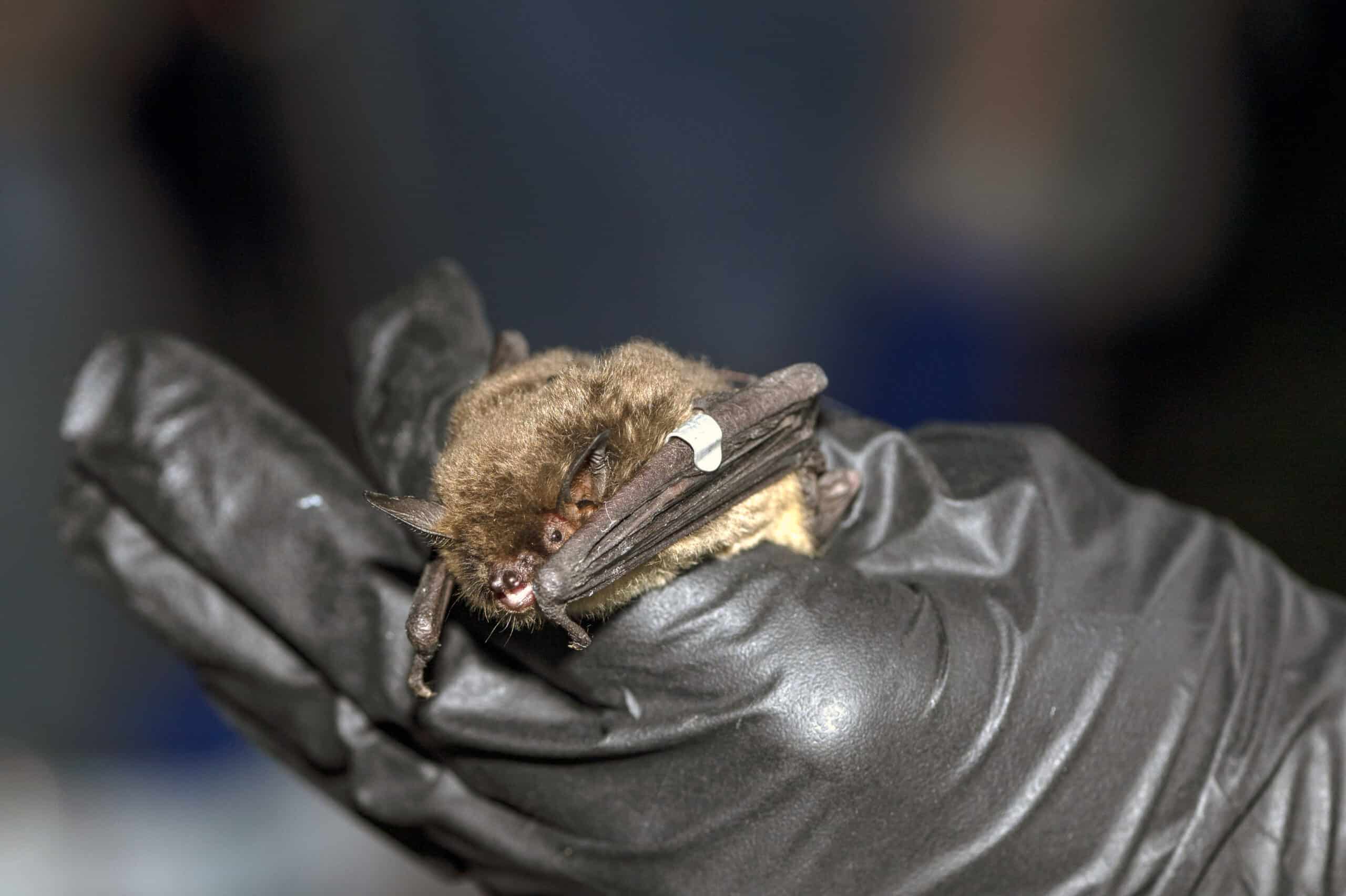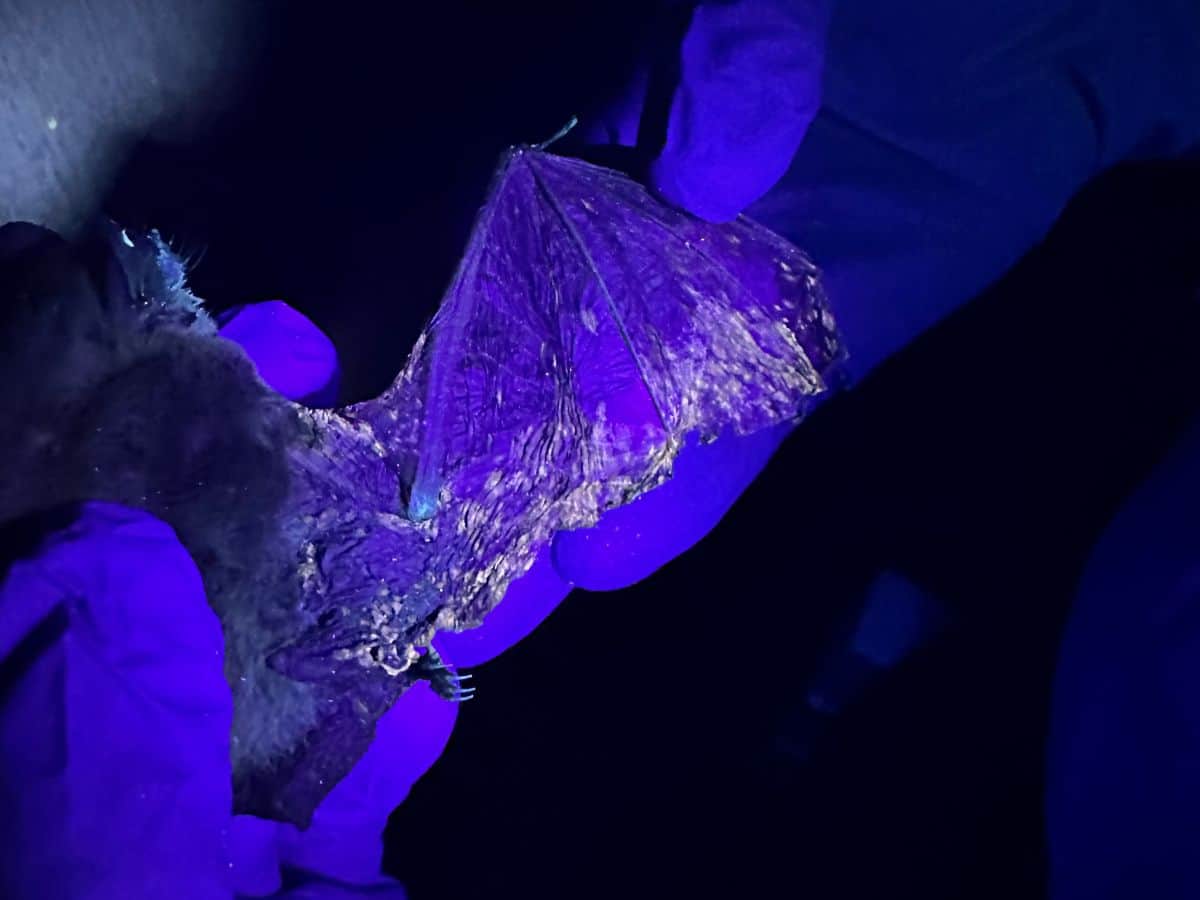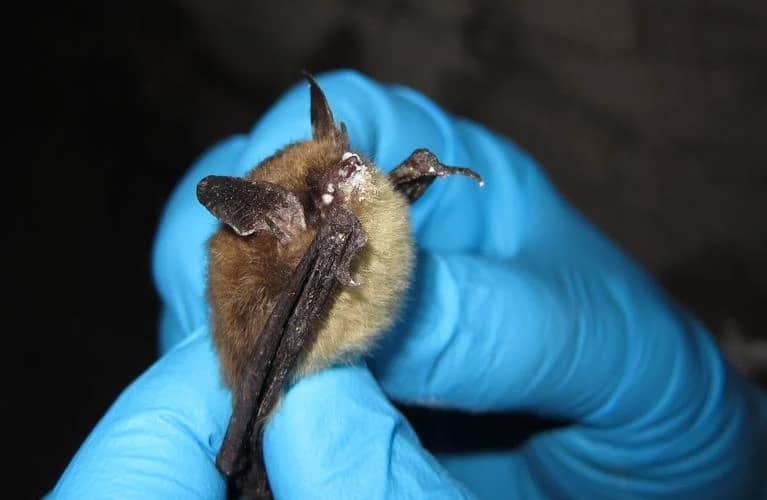Share this article
Wildlife Featured in this article
- gray bat
JWM: Mapping gray bat migration patterns
Researchers combined an extensive set of data in a first-of-its kind effort to map gray bat movements
Cory Holliday spent many chaotic nights chasing bat signals by moonlight, but he was far from Gotham City.
The Cave and Karst Program Director for The Nature Conservancy of Tennessee was following the radiotelemetry signals beaming back from small devices he and his colleagues had fitted on gray bats (Myotis grisescens) before the flying mammals began to migrate north for the summer months.
Gray bats, considered endangered by the U.S. Fish and Wildlife Service and found only in the Southeast and Ozarks regions, are cave obligates, roosting almost exclusively underground. Their cryptic nature, and the fact that they can fly as quickly as 55 miles per hour some nights, makes them difficult to track overland. Obstacles like rivers and a general lack of roads that directly followed the bats’ migration routes made it difficult for Holliday and his colleagues to keep up in the truck. A small two-seat Cessna plane helped—Holliday’s team could follow the bats with less hindrances up there.
“[The work] is pretty bonkers,” said Holliday.
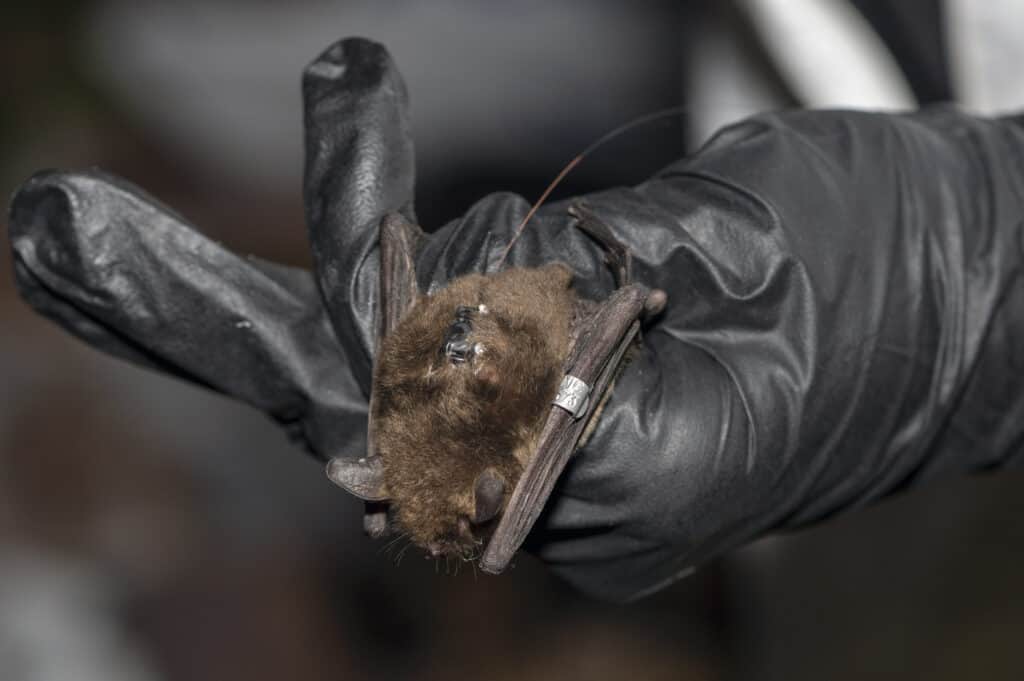
The flights all amounted to an enormous effort to track a few small individuals. But this groundwork was just one of the elements that came together for a study published recently in the Journal of Wildlife Management tracking the movement patterns of gray bats both during seasonal migrations and in day-to-day foraging flights to fill in a glaring blank spot in ecology.
The groundwork was the fun part—but it wasn’t always the most rewarding. Holliday and his crew started their trips in central Tennessee. In 2020, the first year of the project, they tracked three bats fitted with devices including VHF transmitters. They drove and flew around tracking them by night and tried to locate their specific roosts during the day. The device also had a thermometer that could detect the small drops in the bats’ temperatures as they slept. Verifying a roost sometimes meant knocking on people’s doors to get permission to enter caves or check out the occasional tree on private property.
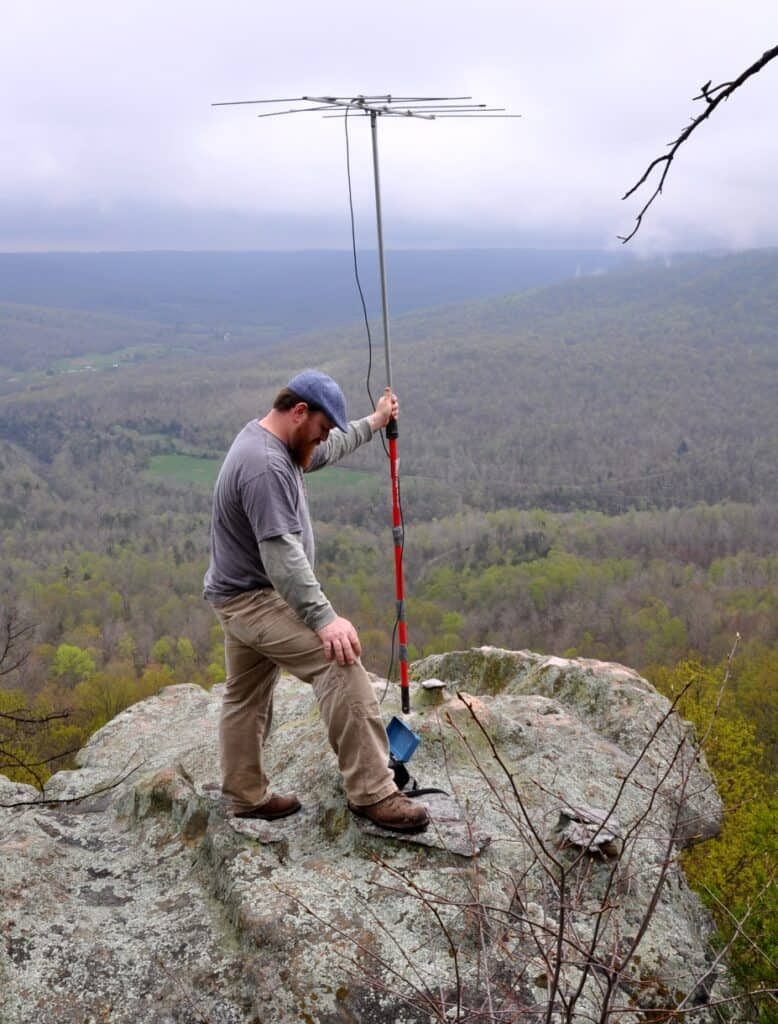
In the first year, all three bats went north—one nearly making it to the Kentucky state line before the Cessna had to turn away from a storm, causing them to lose the bat’s trail. In 2021, some just foraged locally, and Holliday’s team burned up all their time following it around foraging areas—it may have been too early for migration that year, he said. Another bat flew from roost to roost foraging along the way.
Hurdles weren’t only in tracking erratic bats through stormy weather. At one point, locals began shining a laser pointer at the pilot flying the Cessna in the middle of the night. Holliday and his crew had to knock on the door and ask them to cut it out. At other points, people would approach them with guns asking what they were doing at 2 a.m. driving on private roads.
“It’s always dicey,” Holliday said.
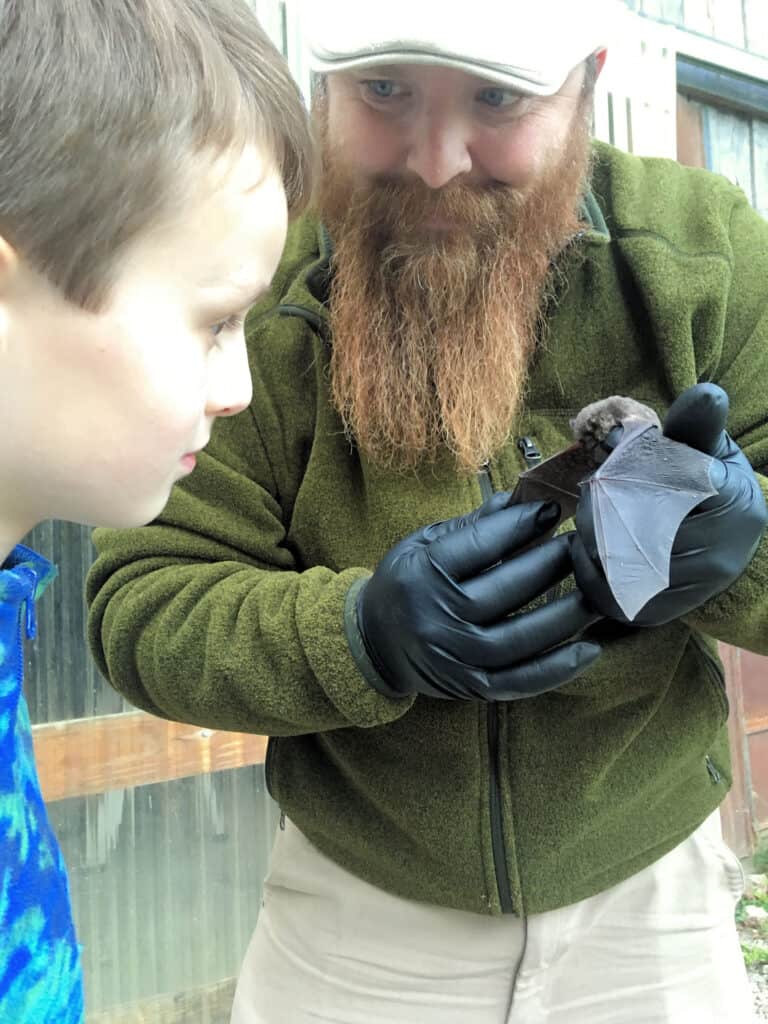
In the study, he and his colleagues combined their data with the information collected from literature on gray bat movements, and summer and winter roosting places. With this information, they created a range-wide map for gray bat movements.
Their analysis revealed that bats migration patterns closely followed along regions that have caves where they can rest after a long night of flying. Their migrations were more or less straight as well, flying between summer and winter roosting regions.
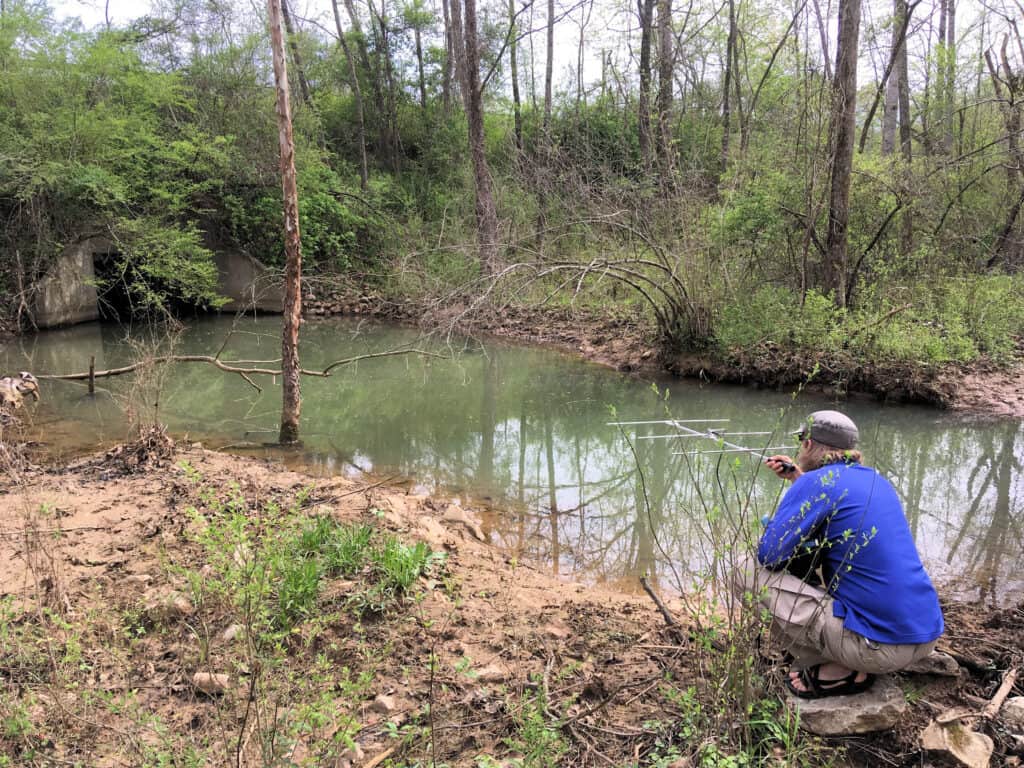
Holliday said their maps are important for wind development planning—turbine companies have already asked for their model so they can work to minimize the impact on bat migration.
“The wind energy folks seem to really want to grow responsibly,” Holliday said.
He also said that researchers could use this model to track the migration of other bat species if there is enough data available.
“Gray bats are just one species,” he said. “I’m hopeful that other folks will take this concept and run with it.”
This article features research that was published in a TWS peer-reviewed journal. Individual online access to all TWS journal articles is a benefit of membership. Join TWS now to read the latest in wildlife research.
Header Image: Most of the entire population of gray bats hibernates in just 12-13 caves. Credit: Cory Holliday



